Abstract
Japan’s winter-spring tomato agriculture has shown steady growth in terms of harvest yield, planted area, and shipping volume. The national harvest volume in 2022 reached a maximum of 386kt and the planted area reached a maximum of 3.79kha. The largest shipment volume was in Kumamoto at 105kt. These figures suggest that demand for winter-spring tomatoes remains high and that growers are expanding acreage and yields to meet demand. As Kumamoto has the largest shipping volume, production volumes vary from region to region, and regional characteristics and climatic conditions may affect production. Based on past trends, winter/spring tomato farming in Japan is growing steadily and is gradually establishing a system to meet demand, with regional differences also evident.
Winter-spring tomato yields (main data).
Japan’s winter-spring tomato harvest has grown steadily from 1973 to 2022. In 2018, the national harvest reached 410kt, which was the peak. However, current harvest yields are only 94.2% of their peak. The figures indicate that winter-spring tomato yields have been steadily increasing over the past few decades, but are somewhat down from their peak. This is likely due to a variety of factors, including changes in demand and the production environment. Improved production efficiency through agricultural policies and technological innovations may also contribute to higher yields in the future. Winter-spring tomato production will remain important and sustainable agricultural strategies are needed to meet demand.
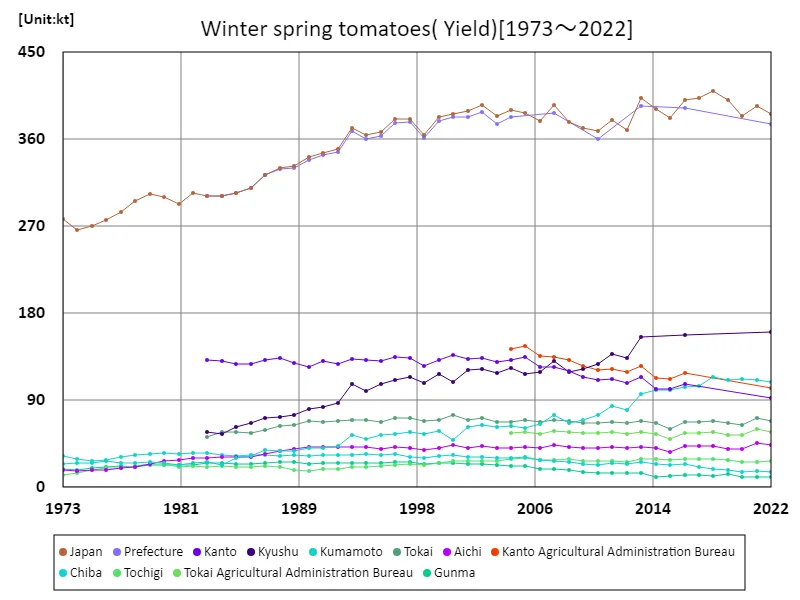

The maximum is 410kt[2018] of Japan, and the current value is about 94.2%
Winter-spring tomato harvest volume (by prefecture).
Data on fruit vegetable harvests in Japanese agriculture was shown by prefecture in 2022, with Kumamoto having the highest overall yield at 109kt. This figure is the highest it has ever been and is currently at its highest. Considering past trends, fruit and vegetable production varies by region, but Kumamoto’s production is the largest, indicating that agriculture in the area is particularly active. It also suggests that demand for fruit vegetables is increasing. This is thought to be due to the fact that demand for fruit vegetables is persistently high, as they are highly nutritious and consumed by many households. It is also possible that improved efficiency in agricultural production and advances in technology have increased yields in various regions, including Kumamoto. It will be important to continue to maintain and stabilize fruit and vegetable production while responding to increasing demand and changes in the environment.
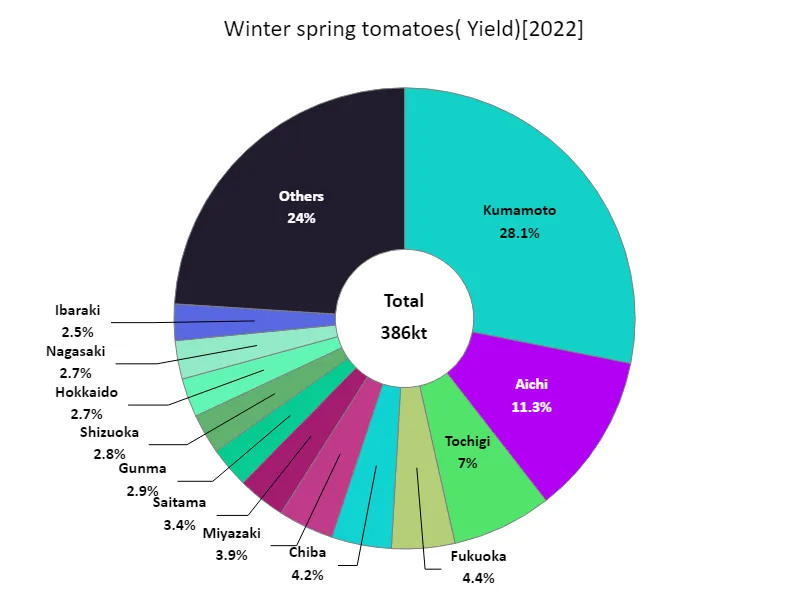

The maximum is 109kt of Kumamoto, the average is 8.21kt, and the total is 386kt
Area planted with winter-spring tomatoes (main data).
The area planted with winter-spring tomatoes in Japan has changed between 1973 and 2022. The first data was released in 1973, when the total cultivated area nationwide was recorded at 4.26 kha, the highest ever. However, the current area under cultivation is only 89% of its peak. This suggests that the area planted to winter-spring tomatoes has been decreasing over the past few decades. This trend is likely due to structural changes in agriculture and changes in market demand. For example, urbanization and conversion of agricultural land to other crops may be contributing factors. Fluctuations in domestic and international demand for tomatoes may also affect planting area. Under these circumstances, producers and policymakers need to properly manage the area planted with winter-spring tomatoes while considering the balance between supply and demand, and promote sustainable agriculture.
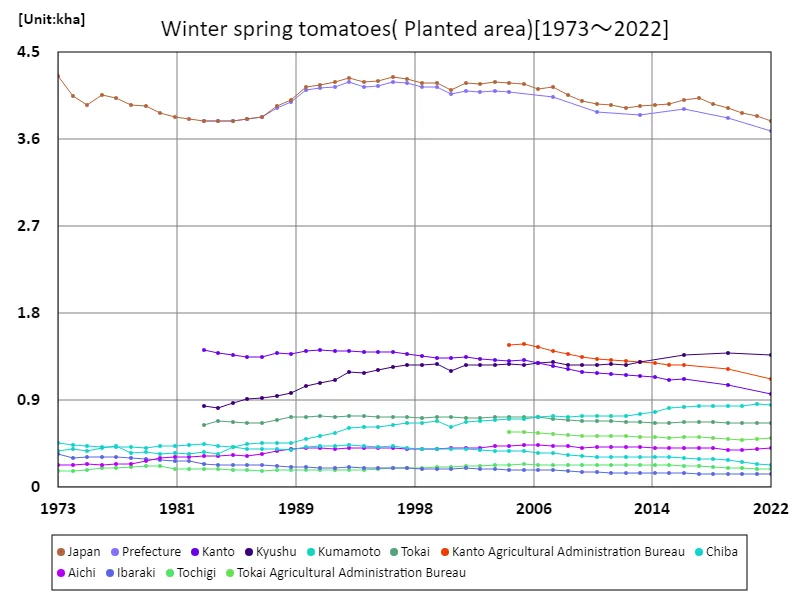

The maximum is 4.26kha[1973] of Japan, and the current value is about 89%
Area planted with winter/spring tomatoes (by prefecture).
According to prefecture-by-prefecture data for 2022, the area of land cultivated with fruit vegetables in Japanese agriculture is largest overall in Kumamoto at 855 hectares, the current highest value. Considering past trends, the area cultivated with fruit vegetables varies by region, but Kumamoto has the largest, suggesting that fruit vegetable production is particularly active in the region. There may also be an increase in demand for fruit and vegetables. This is thought to be due to the fact that fruit and vegetables are consumed in many households, so demand is stable. Additionally, improvements in agricultural technology and production efficiency may also be contributing to the expansion of cultivated land in each region. Factors such as local climate and land conditions also affect the amount of land acreage, so different regions may have different characteristics. It will be important to continue to maintain and stabilize fruit and vegetable production while responding to increasing demand and changes in the environment.
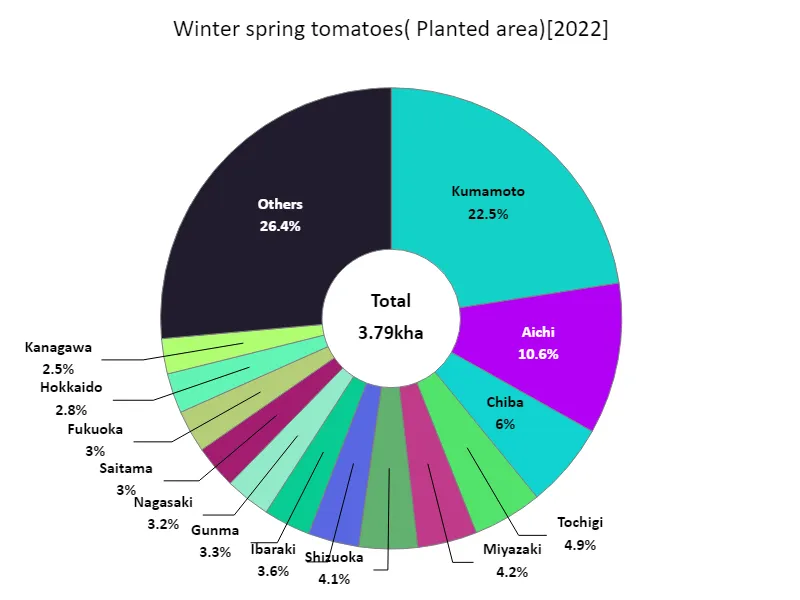

The maximum is 855ha of Kumamoto, the average is 80.7ha, and the total is 3.79kha
Winter-spring tomato shipping volume.
According to data for 2022, the highest overall shipment volume of winter-spring tomatoes in Japanese agriculture was Kumamoto at 105kt, with an average of 7.79kt and a total of 366kt. Considering the characteristics seen so far, the shipping volume of winter-spring tomatoes varies by region, but Kumamoto has the largest volume, suggesting that tomato production in that region is particularly active. Additionally, the average shipping volume was 7.79kt, indicating there is a certain level of demand. Winter-spring tomatoes are used in many homes and restaurants, so demand is likely to remain at a constant level. Furthermore, the total shipping volume of 366kt indicates that winter-spring tomatoes are an important fruit vegetable in Japanese agriculture. It is necessary to maintain and stabilize the production and shipping volumes of winter-spring tomatoes while responding to advances in agricultural technology and changes in demand.
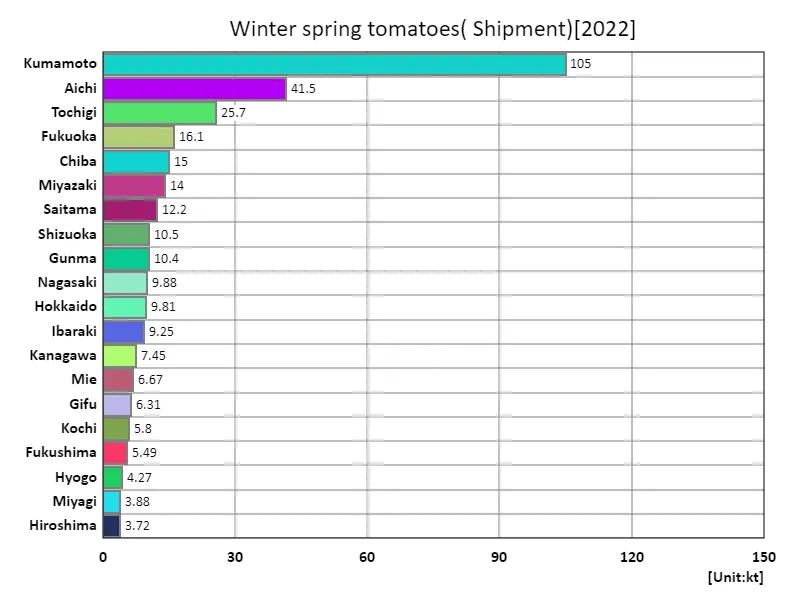

The maximum is 105kt of Kumamoto, the average is 7.79kt, and the total is 366kt
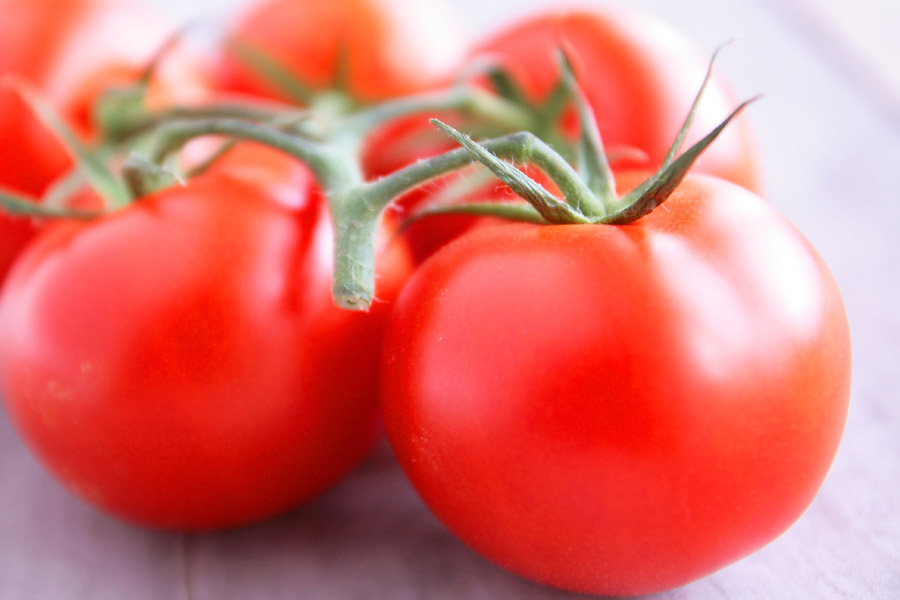


Comments